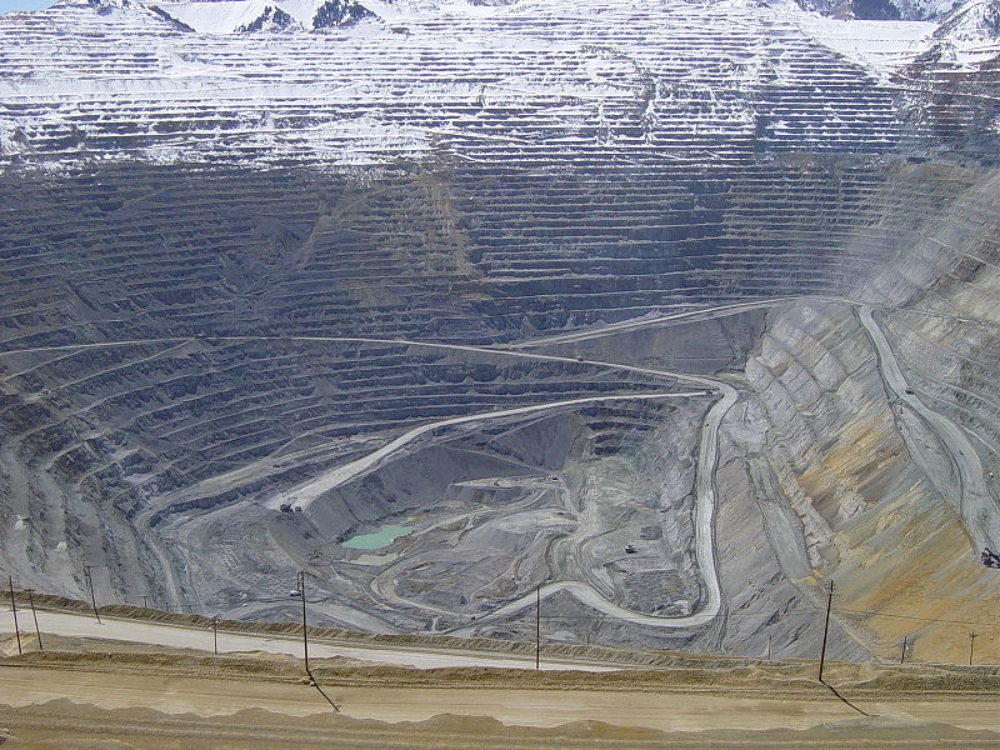In a special guest blog, Jayde Ferguson of Statewide Bearings outlines advice on how to run a successful mining operation.
by Jayde Ferguson
Many of the natural resources used by the global population are found within the Earth’s crust, and the mining industry is responsible for locating and harvesting them. In Australia, more than 245,000 individuals, or 2% of the workforce, work in the mining industry to locate and uncover hidden reservoirs of oil, coal, rare metals, gemstones, and all kinds of other valuable materials. While raw manpower is sometimes needed on the job, most miners rely on special machinery to do most of the hard labour. Without this equipment, many tasks would be improbable or impossible for humans to accomplish. That’s why the smooth operation of the mining industry relies completely on mining devices that are tough and dependable.
1. The Critical Components
Heavy-duty digging systems are giant contraptions consisting of three major components – teeth, chains, and sprockets. All are essential to the normal functioning of a digging system and must be perfectly compatible with each other. The teeth are responsible for tearing into hard surfaces, and they’re placed all over a chain that runs via the rotation of sprockets.
When any one of those parts is worn or broken, the efficiency of the entire system is greatly reduced, and it can become inoperable. The consequences of a failing part can be grave. Not only could the entire digging machine be put out of commission for an undetermined amount of time, resulting in huge losses of profit, but the damages could also cause unnecessary harm or death to nearby workers, But fortunately with the use of a manufacturing mining software, you can prevent from this situation .
Continue reading “5 Ways Manufacturing Mining Software can bring Success in Mining”

